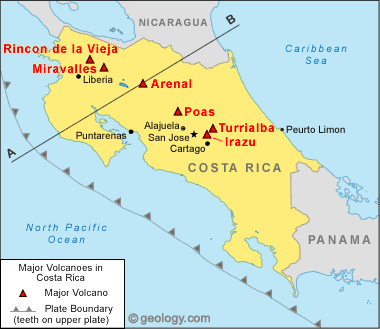
Due to the frecuency of earthquakes in Costa Rica, they have new policies to reduce the damage to the people and tourist of Costa Rica. They have began to build structures to "prevent" them from collapsing in the event of an earthquake, as well as not instulling natural gas lines, to prevent unnecessary fires. The building that are not having natural gas lines installed are mostly tourist destinations. In July of 2018, it was reported that Costa Rica was doing trial runs of implementing an Earthquake Early Warning System. This would allow any citizen with a smartphone ot recieve alerts, when an earthquake could erupt.
References:
https://www.delapuravida.com/2011/powerful-6-0-friday-the-13th-earthquake-in-costa-rica/
http://ds.iris.edu/seismon/zoom/index.phtml?rgn=Central_America
https://costa-rica-guide.com/travel/health-safety/natural-disasters/
https://news.co.cr/costa-rica-could-soon-have-an-earthquake-early-warning-system/74618/


